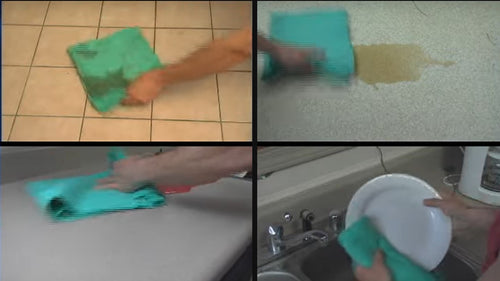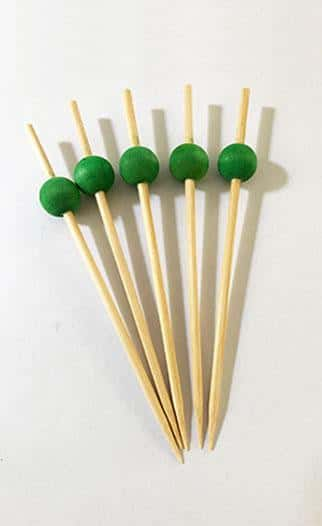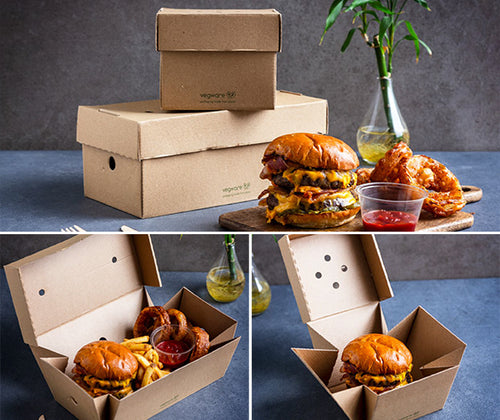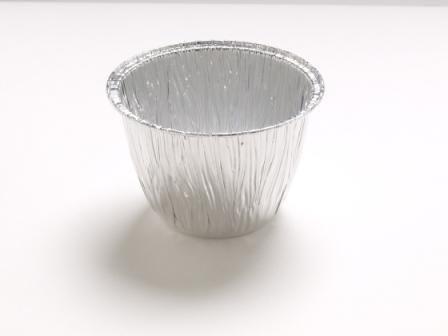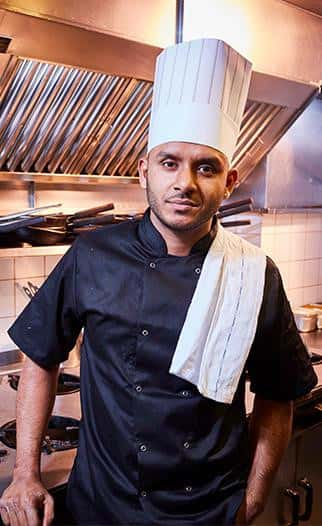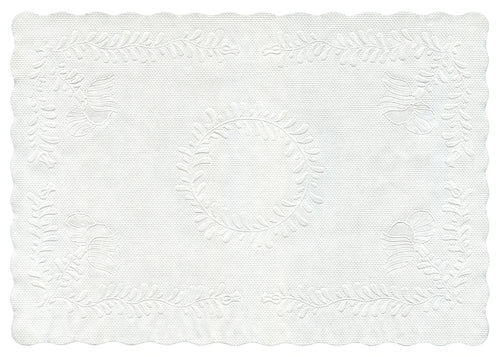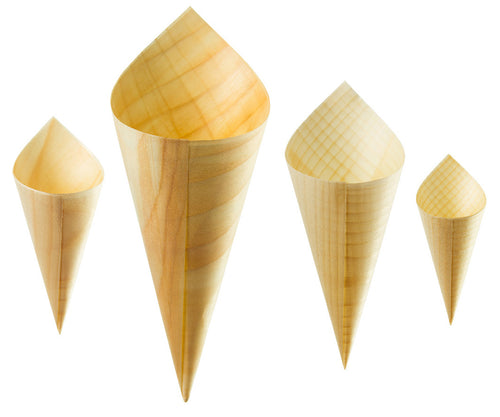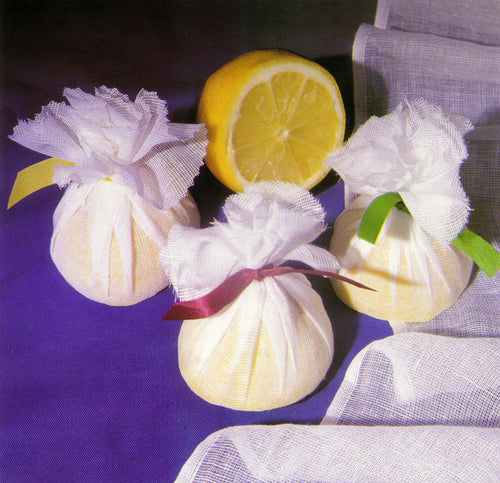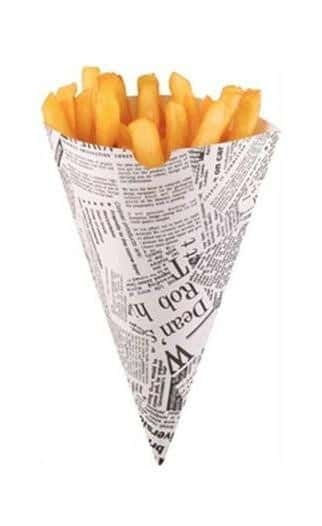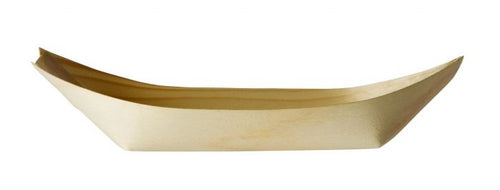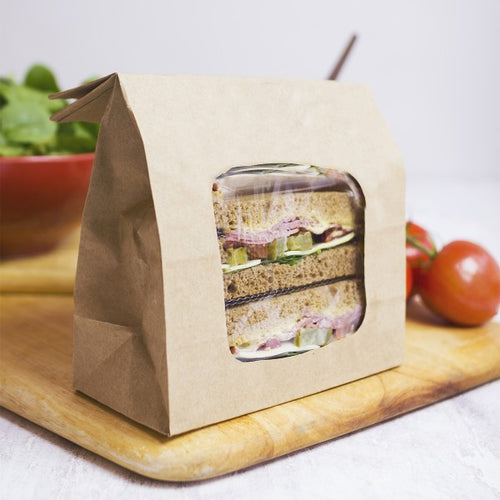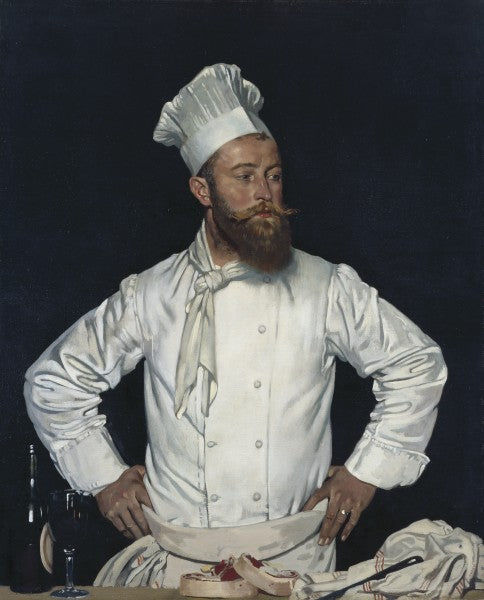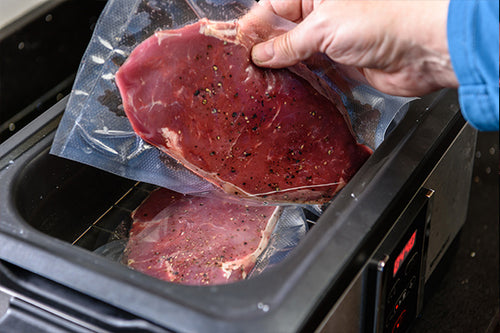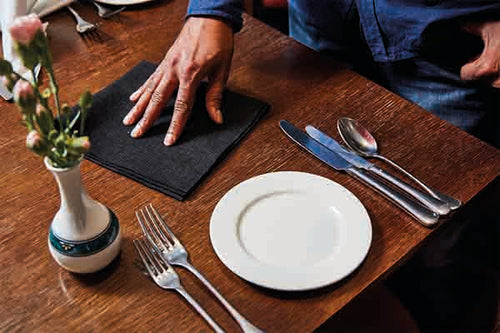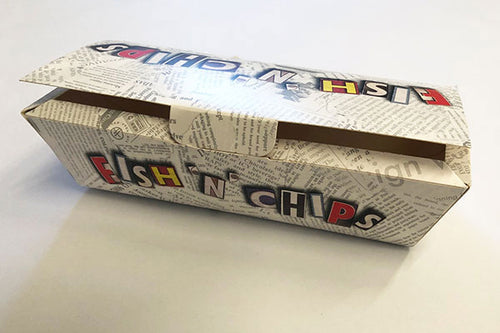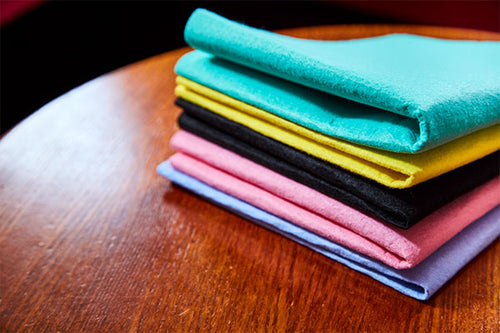Chef Hat History
Being a chef has been a career for over 2000 years, techniques from preparing dishes to proper etiquette for uniforms have a historical tradition in the kitchen and have varied over the centuries. The chef’s headgear or hat is a unique part of the uniform that is easily recognized.

In seventh century A.D., Assyrian kings feared being poisoned by a resentful chef. In order to appease the chefs, hats similar to a king’s crown without the jewels, were ordered to elevate the importance of the role of the chef. The kings hoped this would eliminate the chefs desire to poison his food.
At this same time, many persecuted chefs sought refuge in the Greek Orthodox Church, because the studying of recipes was considered an intellectual endeavor. The chefs began dressing like monks to blend in at a distance. The chefs eventually modified the robes and hats to white because they did not wish to offend God by imitating the monks.

An early urban legend is that King Henry VIII, while closely inspecting his soup, located a hair.
Legend tells that the king became very upset with the chef and requested him beheaded. To prevent further beheadings, the next chef chose to wear a hat.
In the 17th century, chefs took refuge from accusations of witchcraft in Catholic cathedrals. In order to resemble the Catholic clergy, the chefs would don a tall white hat. It is believed that the chefs were often burned at the stake for preparing food in an unusual manner for that time.
Marie-Antoine Carme worked as a chef in France in the 1800’s. He designed a white chef’s uniform to denote sanitary conditions in the kitchen. He decided the height of the hat should signify the staff’s ranking.
A pleat in the hat could represent a recipe or technique the chef had successfully accomplished. A chef with a lot of pleats was considered very talented. The pleats in a hat still signify the level of experience a chef has today.
The main purpose behind using this hat is to hold back the hair while cooking. Even the smallest restaurants should make use of this item while cooking which helps to prevent any unpleasant scenes and maintain the standard of the restaurant. Having a strand of hair in the food being served can certainly leave a bitter experience in the minds of customers.
Varieties of size and shape available
Depending on the years of experience, the size and shape of hat varies. It is possible to view a 12″ hat on the head chef. They are either made of stiff cloth such as cotton or can also be of mixed material. There is some disposable material like paper and fiber hats which appears to be quite popular. The cooks as well as apprentices should wear hats while in the kitchen. It is the rule that needs to be maintained so that your restaurant can avoid losing points when food inspectors come for a surprise visit.
Styles in abundance for Personalization
While looking for chef hats you will find that one size fits all head sizes. They have elastic or Velcro which helps to fit anyone. Some of the restaurants that are part of large chain come with their own logo on the hat which gives a personalized touch. Therefore, to have a definite and classy touch; it is easy to have a logo printed on the hat. Most of the junior chefs prefers to use black hats, but head chef will always be in a white hat. While choosing black colored hats, there is the possibility of coming across with different styles such as base ball variety, short hats etc. So, while choosing hat look for different items.
While some chefs choose a paper or non-woven material rendering of the traditional hat, other chefs adopt less formal headgear. The traditional hat still denotes authority and knowledge in the culinary arts. Often the traditional hat, called a toques blanche, is reserved for the chef in charge.
The Food Industry Ladies Coverall Hat receives high marks for sanitary applications, as the elastic band holds hair well and the hat is disposable. For those interested in a traditional chefs hat, but desiring a disposable hat for cleanliness, the Non-Woven Material or Paper Chefs Tall Hat meets the requirements at a reasonable price. Chefs with a preference for style will find the Food Industry White Trilby Hat an economical option.
HAPPY CUSTOMERS
OUR NEWS
